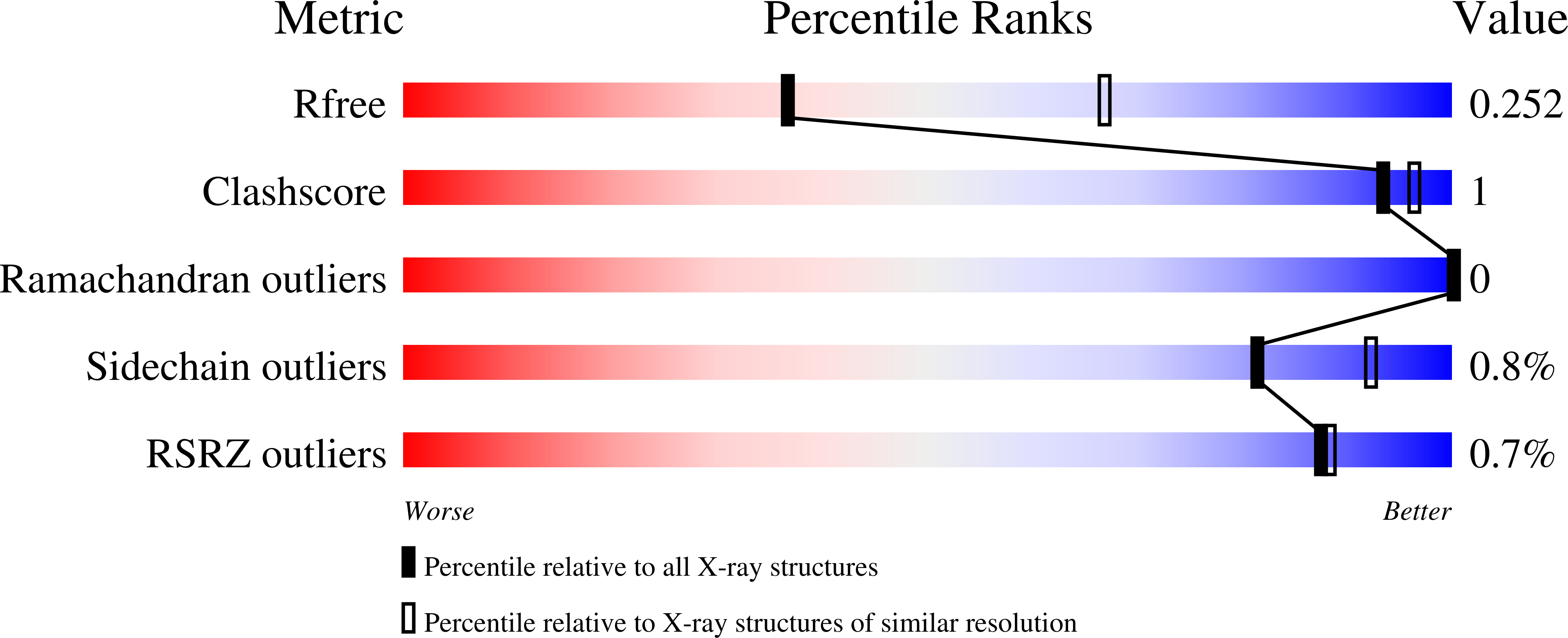
Deposition Date
2024-02-22
Release Date
2024-05-29
Last Version Date
2024-07-03
Entry Detail
Biological Source:
Source Organism:
Enterococcus faecalis (Taxon ID: 1351)
DNA molecule (Taxon ID: 2853804)
DNA molecule (Taxon ID: 2853804)
Host Organism:
Method Details:
Experimental Method:
Resolution:
2.67 Å
R-Value Free:
0.25
R-Value Work:
0.22
R-Value Observed:
0.23
Space Group:
P 21 21 21


